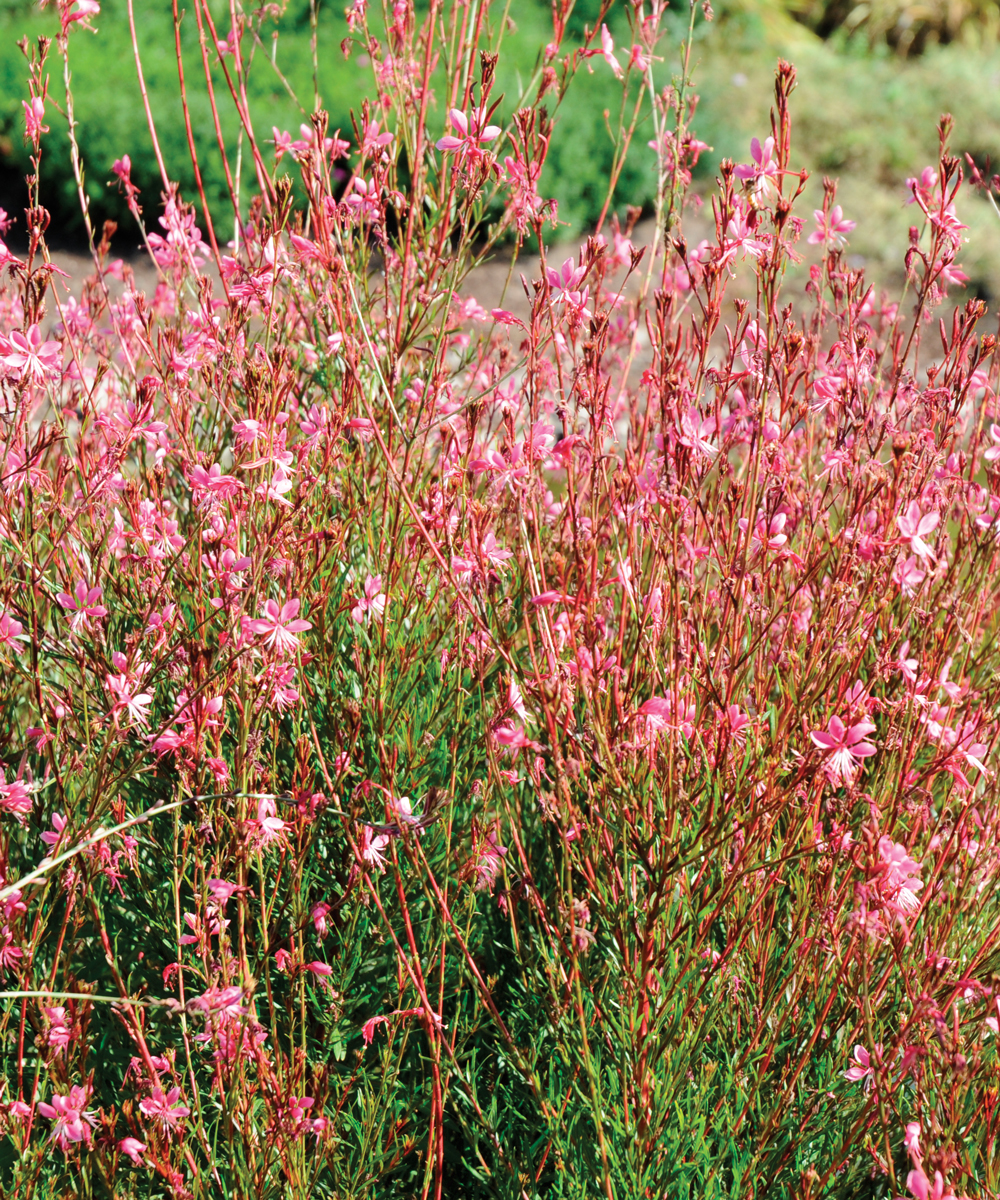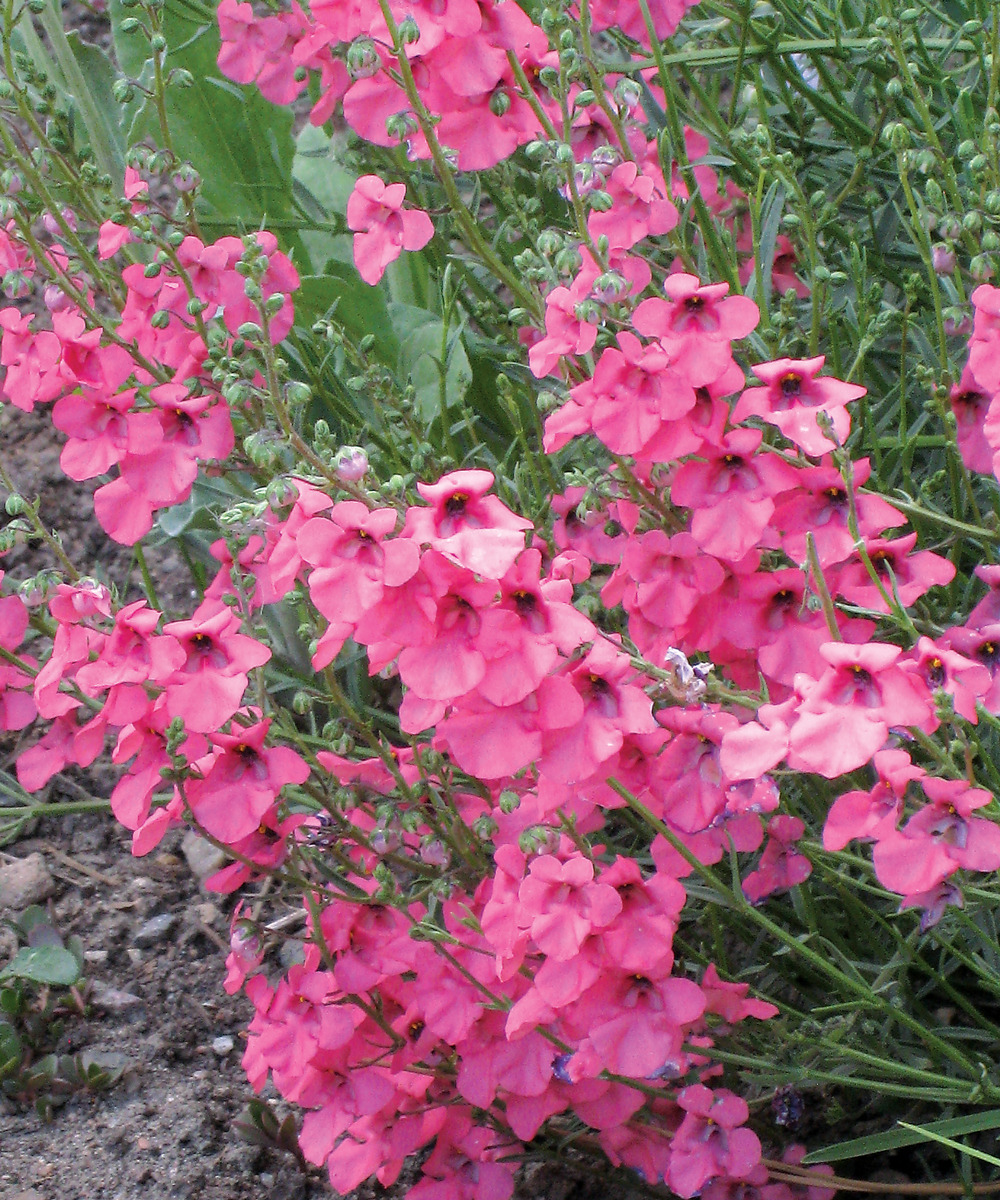While we would all ideally have gardens that look at their peak in every season, the reality is often far from that ideal. Very few of us have all the time in the world to dedicate to our gardens, and the hard truth is the planning and work that goes into gardening means we often only get one season where we can sit back and enjoy the fruits of our labor.
As Executive Editor Danielle Sherry explains, “Winter is for planning. It’s when you really don’t want to be outside and when your time is better spent formulating the plan of attack to make your garden the best it can be. Spring is the working time period, when the bulk of your cleanup, planting, and projects get done. Fall is also a working period and is generally when you can revisit the things you didn’t get done in spring.”
After all of that prep and planning, you want to ensure your summer garden is at its prime when it’s finally too hot to toil. To help ensure your summer garden really shines, regional experts shared their favorite perennials for this peak season. Find picks for the Southwest below, and be sure to check out more fabulous summer selections in Peak-Season Combos.
1. ‘Pink Cloud’ Gaura
Name: Gaura lindheimeri ‘Pink Cloud’
Zones: 5–9
Size: 2 to 3 feet tall and wide
Conditions: Full sun; well-drained soil
Native range: Louisiana, Texas, Mexico
‘Pink Cloud’ gaura brings a light, airy feel to any garden or container with its wispy flowers that bloom from late spring to fall. The rosy blooms stand tall above red-tinged green foliage. I’ve started to add this fantastic plant to my designs en masse to create the feel of a dancing wildflower meadow. This perennial tolerates high heat and humidity and is perfect for a microclimate near a stone wall or driveway in full sun. Once established, it only needs occasional supplemental water. Best of all, it attracts beneficial insects and pollinators, including butterflies and hummingbirds.
2. Mexican Hat
Name: Ratibida columnifera
Zones: 4–9
Size: 1 to 3 feet tall and 1 to 1½ feet wide
Conditions: Full sun; dry to medium, well-drained soil
Native range: North America
The delightful magic of this plant is that it works well
in a naturalized design or a more formal garden. Sometimes called “upright prairie coneflower,” Mexican hat has petals that can be all yellow or a mahogany-red edged in yellow. It blooms from midsummer into fall and looks great during the hottest time of the year. This plant doesn’t just tolerate dry summers; it prefers them and powers through like a champion. The flowers are attractive to butterflies and bees. This beauty is one of the easiest wildflowers to grow from seed and will even thrive in a small container. It makes a great cut flower for arrangements and also dries well.
3. Wild Blue Flax
Name: Linum lewisii
Zones: 3–9
Size: 1 to 2 feet tall and 1½ to 2 feet wide
Conditions: Full sun to partial shade; dry, well-drained soil
Native range: Western North America
This plant is an overlooked gem of the West. Drooping panicles of bright blue to violet-blue flowers appear at the tips of green stems. The vibrant blue looks great against the earth tones of the southwestern landscape. Wild blue flax reaches its flowering peak during June and July, but I’ve seen it continue blooming as late as September. The flowers open in the morning and usually close by noon. While the blooms typically only last one day, this plant is such a prolific flowerer that you won’t notice. Preferring dry conditions, it is drought tolerant and often ignored by rabbits and deer. While it can be grown in partial shade and alkaline soil, it performs best in full sun and acidic soil.
4. Coral Canyon® Twinspur
Name: Diascia integerrima ‘P009S’
Zones: 5–9
Size: 1 to 1½ feet tall and 1½ to 2 feet wide
Conditions: Full sun to partial shade; well-drained soil
Native range: South Africa
This perennial originally caught my eye because it blooms all summer until frost. Its salmon-pink flowers are held over finely textured stems with bright green foliage. This award-winning plant attracts butterflies as well as a multitude of beneficial flying insects, including hawk moths. It thrives in containers, rock gardens, and streetscapes and is very heat tolerant. It’s also highly tolerant of wind and poor soil. Coral Canyon® twinspur prefers loamy or sandy soil and has moderate to low water needs. All it requires is a trim after winter to look its best for summer. Deer do browse from this plant, so keep that in mind when choosing a spot for it.pollinators, which adore the blooms. It is tolerant of clay and rocky soil as long as there is good drainage. Water it regularly during prolonged dry weather for best flowering.
Mark Brotton, APLD, owns and operates Living Water Irrigation and Landscape in Santa Fe, New Mexico.
Photos: courtesy of High Country Gardens




